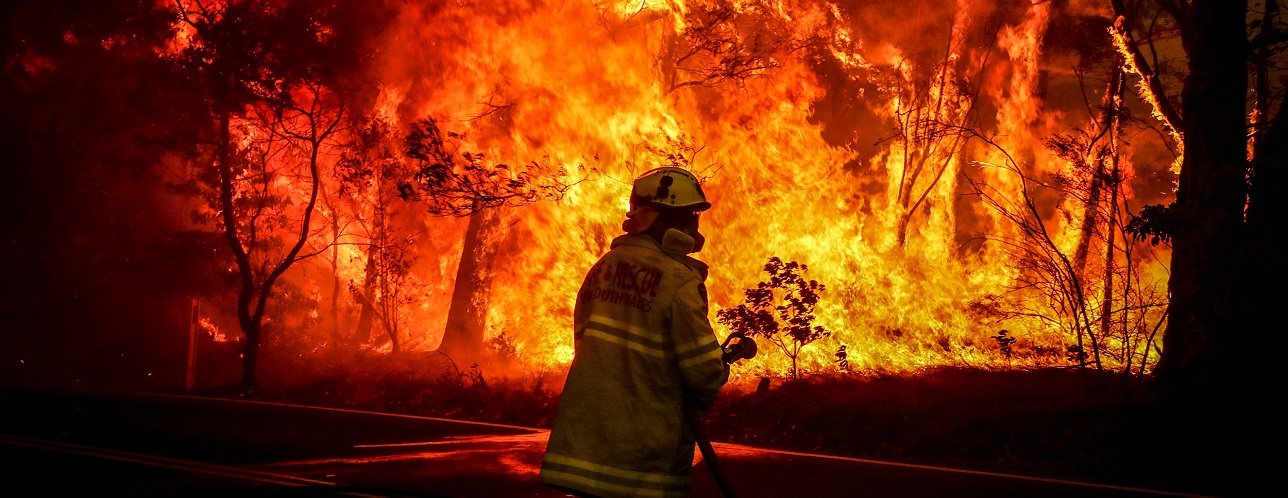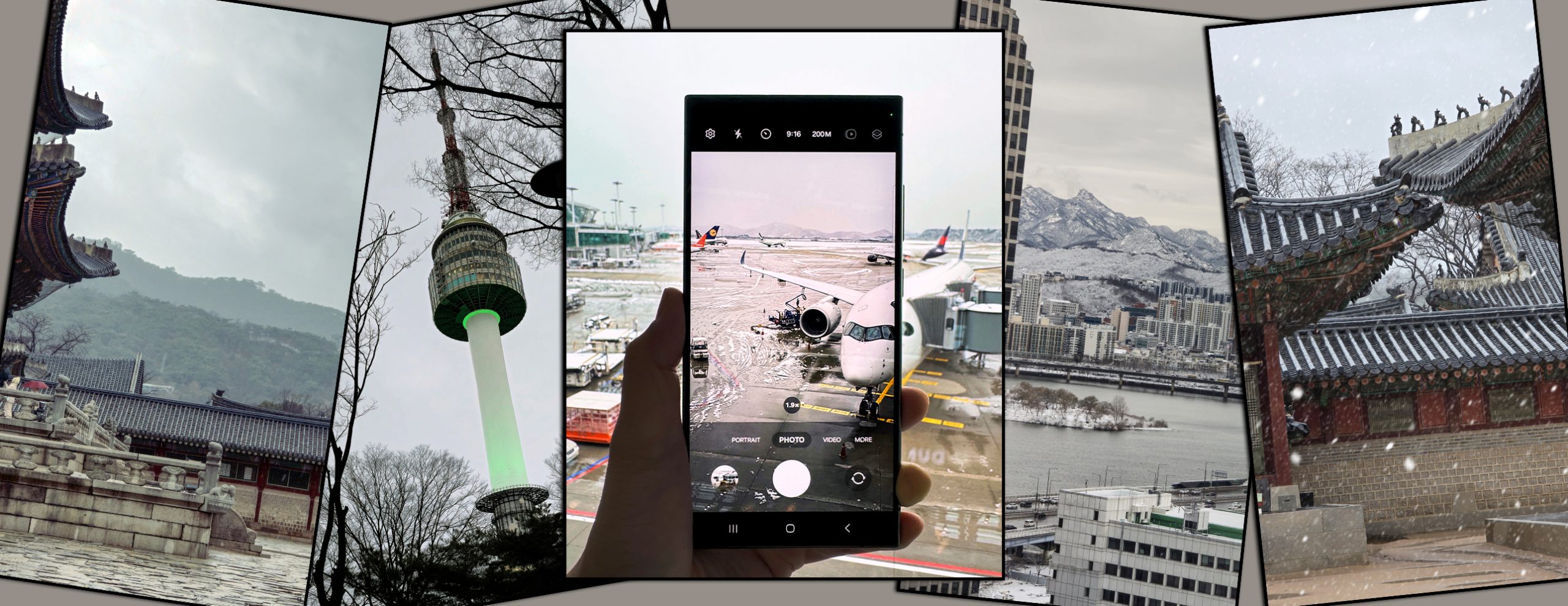Since the fire season began in July 2019, Australia has been battling one of the worst wildfires that they have seen in decades. A total of 24 human deaths have been reported nationwide, and over 2,000 homes have been destroyed or damaged due to the raging fires.
The massive blaze had also caused a tragic impact on Australian wildlife with a reported loss of half a billion mammals, birds, and reptiles.
Despite efforts from both the state and federal authorities as well as firefighting aid from other countries, the persistent heat and drought haven’t made it easy, making it a struggle to contain the blaze which continues to devastate.
Are bush fires common in Australia?

Yes, in fact, it is a regular occurrence that typically takes place during the summer months where the hot, dry and windy conditions make it easy for fires to start.
According to the New South Wales’ (NSW) Department of Planning, Industry, and Environment, bushfires are a more common sight in south-eastern Australia (the state of Victoria and parts of NSW) where the weather is often hot and dry.
So, what happened here?
Fire season in Australia is always dangerous. But, due to the unusually severe weather conditions (record-breaking high temperatures, extended drought, strong winds), firefighting efforts have been made particularly difficult after the wildfires started spreading in September 2019.

Australia is going through one of its worst droughts in decades with a record-breaking heatwave that happened in December which saw some places hitting temperatures above 40 degrees Celsius. Strong winds have also made the fires and smoke spread more rapidly, adding more worrying factors that threaten the lives of firefighters.
Experts have also said that climate change might have had a part to play in worsening the scope and impact of natural disasters like fires and floods. In Australia’s case, it resulted in more extreme weather conditions alongside bushfires that started earlier than expected and flames that spread with greater intensity.
Is the bushfire only happening in New South Wales (NSW)?

Not exactly. There have been fires in every Australian state so far, but NSW has been the hit the hardest, where homes in the rural outskirts of town have been engulfed by the rampant spread of fires. Blazes have since ravaged the bushland, wooded areas as well as national parks such as the Blue Mountains.
Although the fires have not physically spread into the urban centre, it has already affected some of Australia’s larger cities which include Melbourne and Sydney, damaging homes that are located in the outer suburbs and negatively impacting air quality in the city.
While some of these fires start and are able to be contained in a few days, the massive infernos tend to burn for months which is why there are more than 100 fires still burning in NSW alone.
What has been done to help contain the fire?
Unlike other countries where there is a centralised deployment system, Australia relies heavily on the efforts of volunteer firefighters, especially in the rural areas where much of the fires are currently burning. As such, most of the fire responses have been a community effort but is further boosted with the assistance of equipment and manpower from the Australian Military and overseas firefighters.

Singapore will also be lending a hand in the firefight using the deployment of two Chinook helicopters which will help to bring in firefighting and relief supplies as well as help evacuate residents from the affected areas.
What has been the structural damage been so far?
Since the start of the devastating bushfire, many residents across several states have lost their homes. The country’s most populated state, NSW, saw over 650 homes damaged and 1,588 destroyed.

A total of more than 5.9 million hectares of land have been burned and decimated across Australia’s six states, and that includes 3.6 million hectares of land from just New South Wales.
What has happened to Australian wildlife?

In NSW alone, an estimated half a billion animals have lost their lives due to the fires though ecologists believe that the numbers could potentially be as high as one billion nationwide. More than 8,000 koalas, a third of NSW’s koala population, are also believed to have perished as a result of their habitats getting destroyed by the recent bushfires.
Though koalas are not in immediate danger of extinction, the same cannot be said for other animals that live in more unique environments with lower populations which could be wiped out entirely once their habitats are engulfed by the fires.
Is there any likely end to the fires?

Unfortunately, it is uncertain. Though the last two days may have been minor relief for firefighters who have been battling the bushfires, the light rain isn’t expected to last as officials warned that the hot, windy conditions are expected to return later in the week.
And, with Australia only just starting their summer season, the weather conditions could see a potential rise in temperatures in the first two months of 2020, which might not help in the current situation.
What can you do to help in the firefight?
One of the easiest ways to join in to help Australia battle one of their worst natural disasters is to make a donation towards a cause or organisation that is working to assist with victim relief and recovery as well as wildlife rescue and treatment.

Here’s where you can donate to help with the rescue of wildlife and their recovery treatments:
WIRES (Wildlife Rescue)
Kangaroo Island Wildlife Park
Port Macquarie Koala Hospital
Currumbin Wildlife Hospital
World Wildlife Fund Australia
RSPCA New South Wales
Here’s where you can donate to lend your helping hand to survivors of the bushfire and to aid firefighting efforts:
Australian Red Cross
Salvation Army Australia
NSW Rural Fire Service
St. Vincent de Paul Society Australia
QLD Fire and Rescue
SA Country Fire Service
Vic Country Fire Authority
Featured image credit: David Gray / Getty Images











You must be logged in to post a comment.